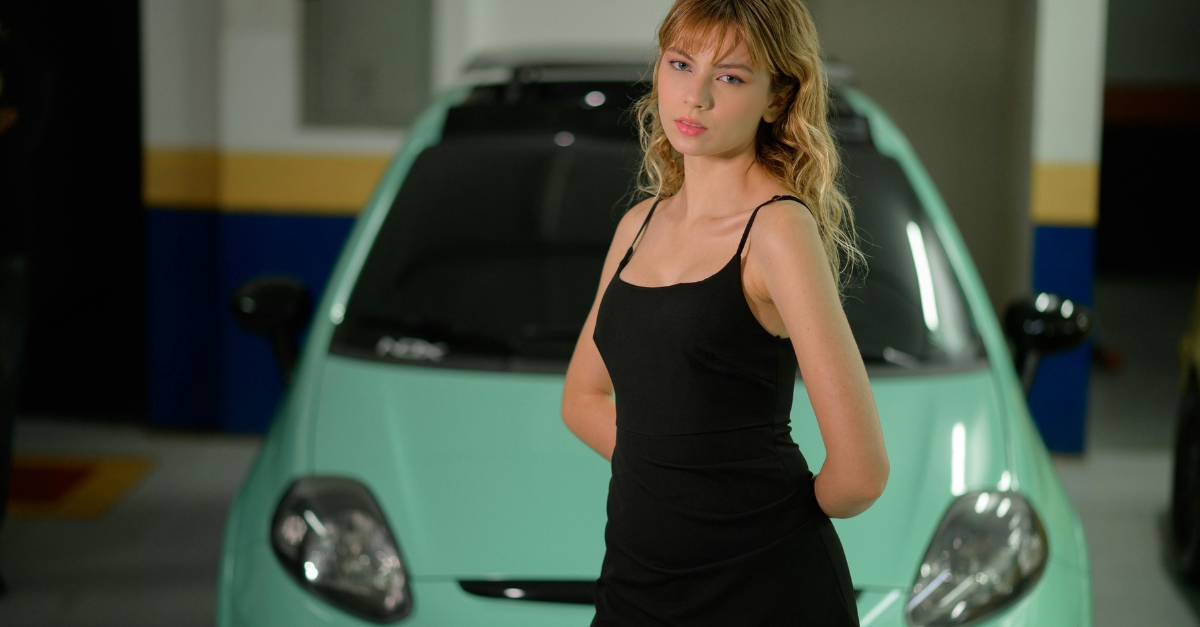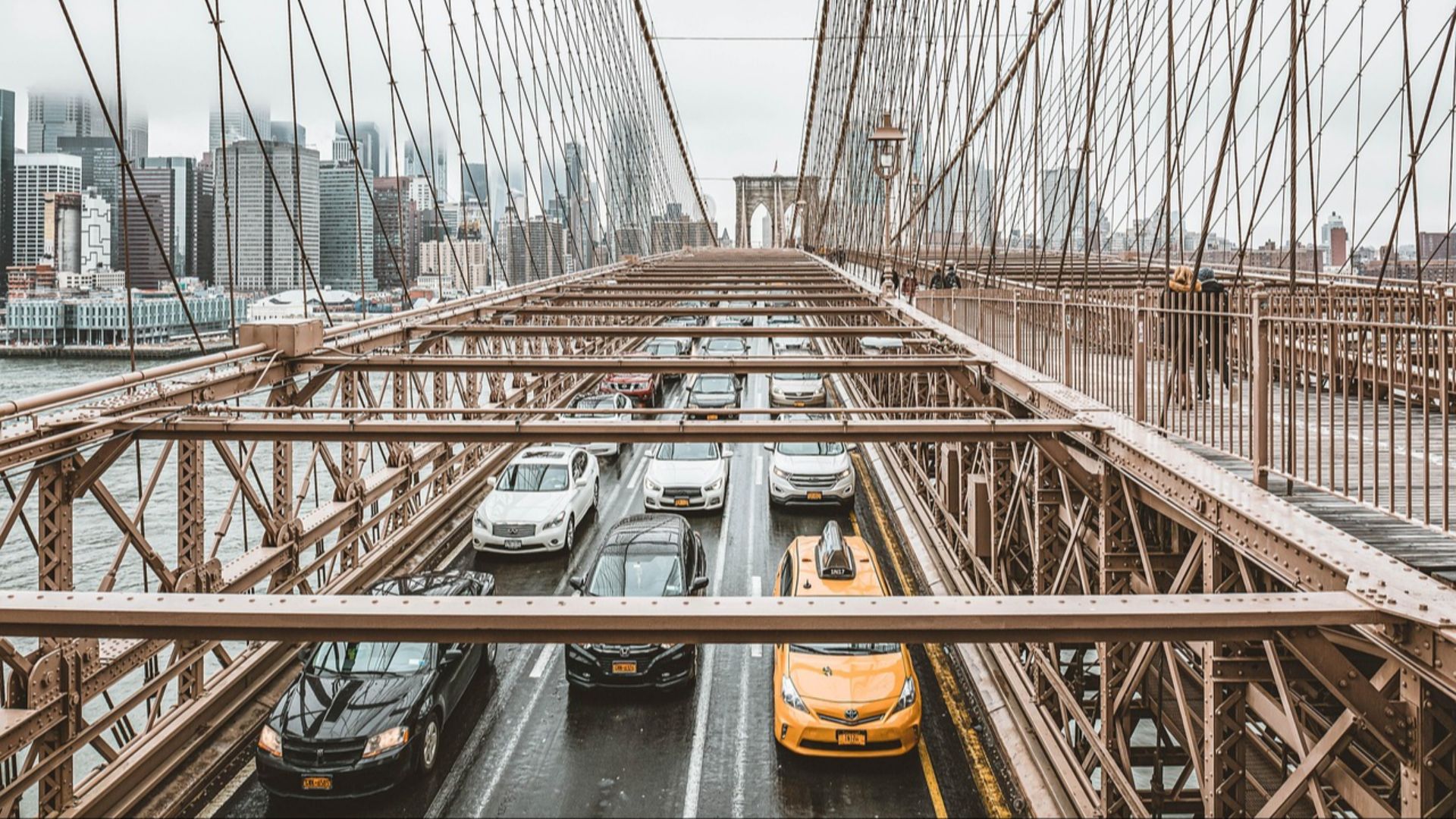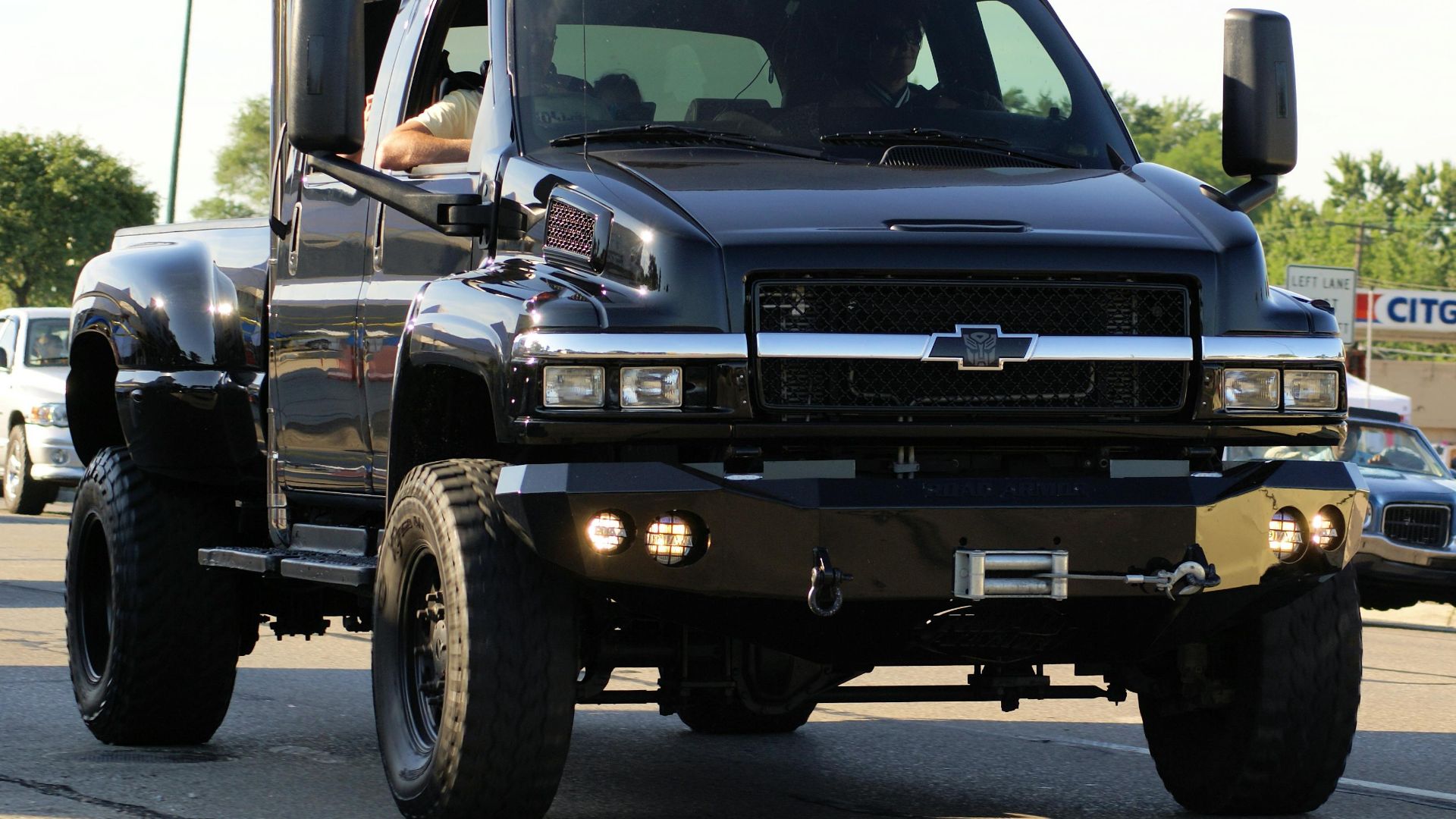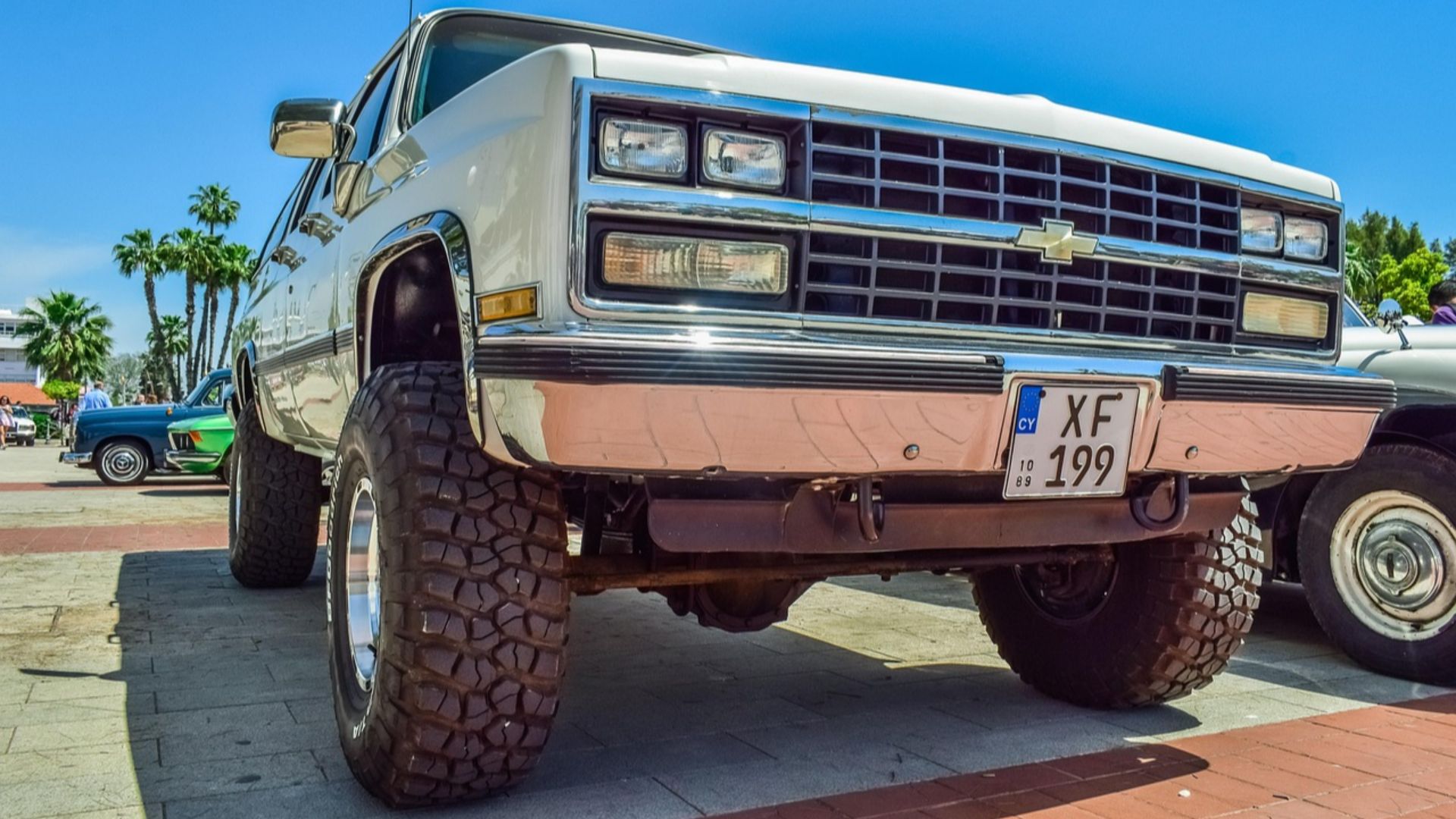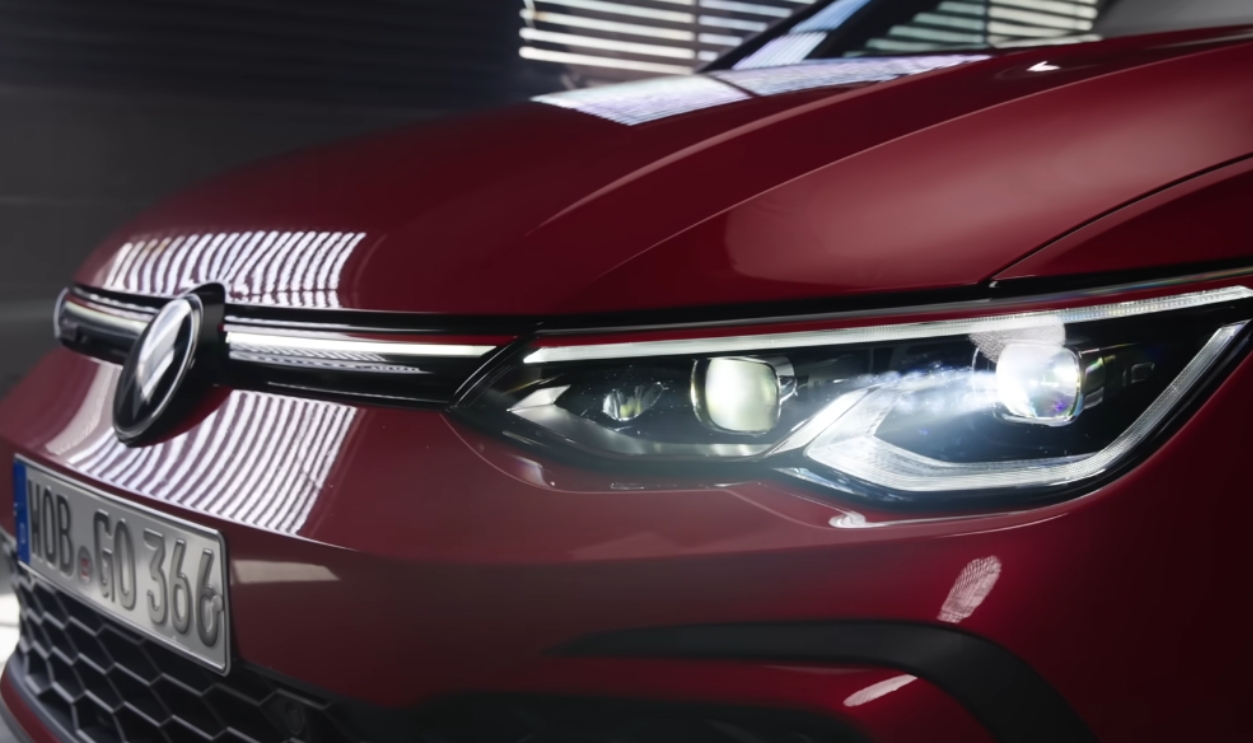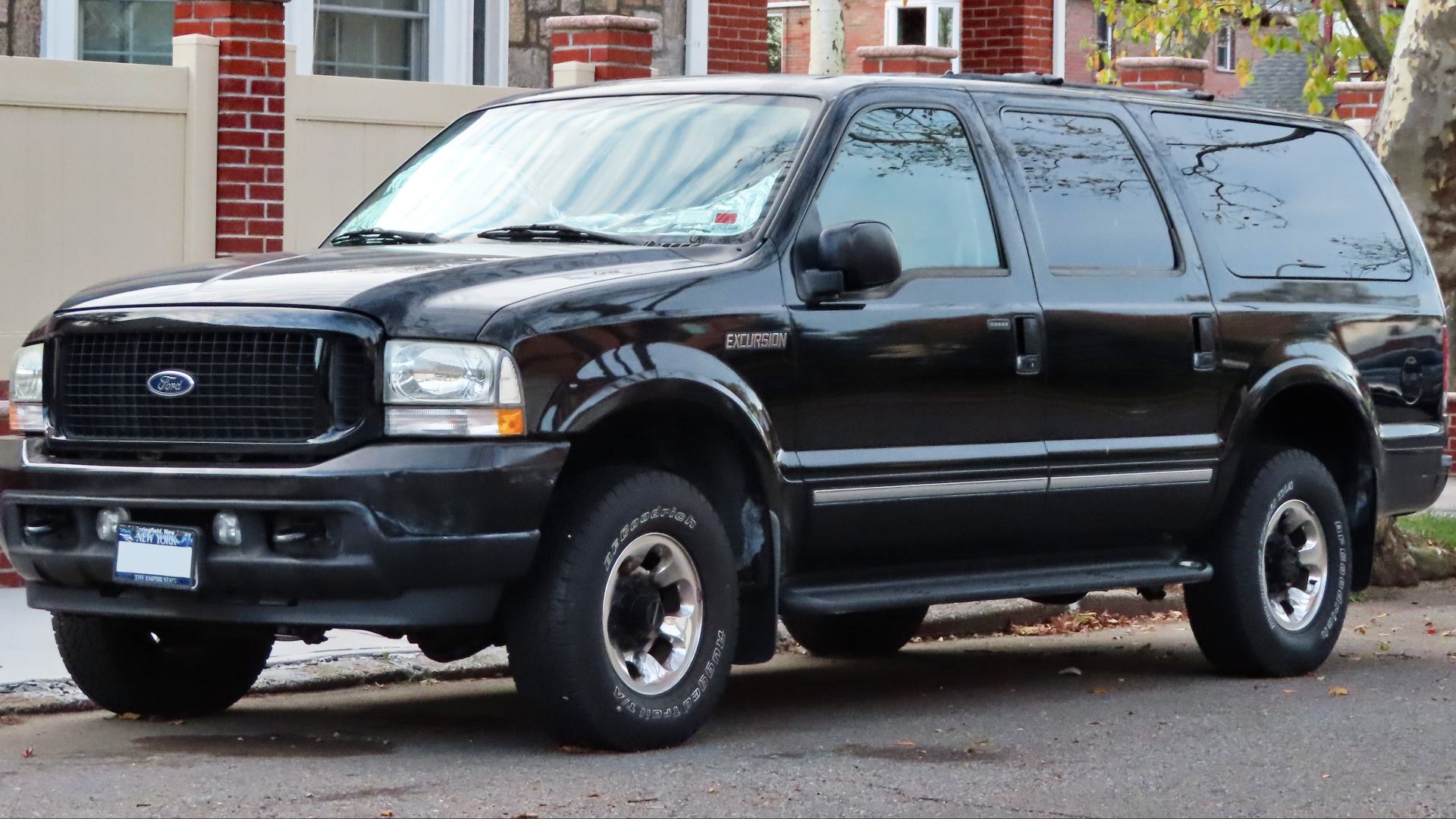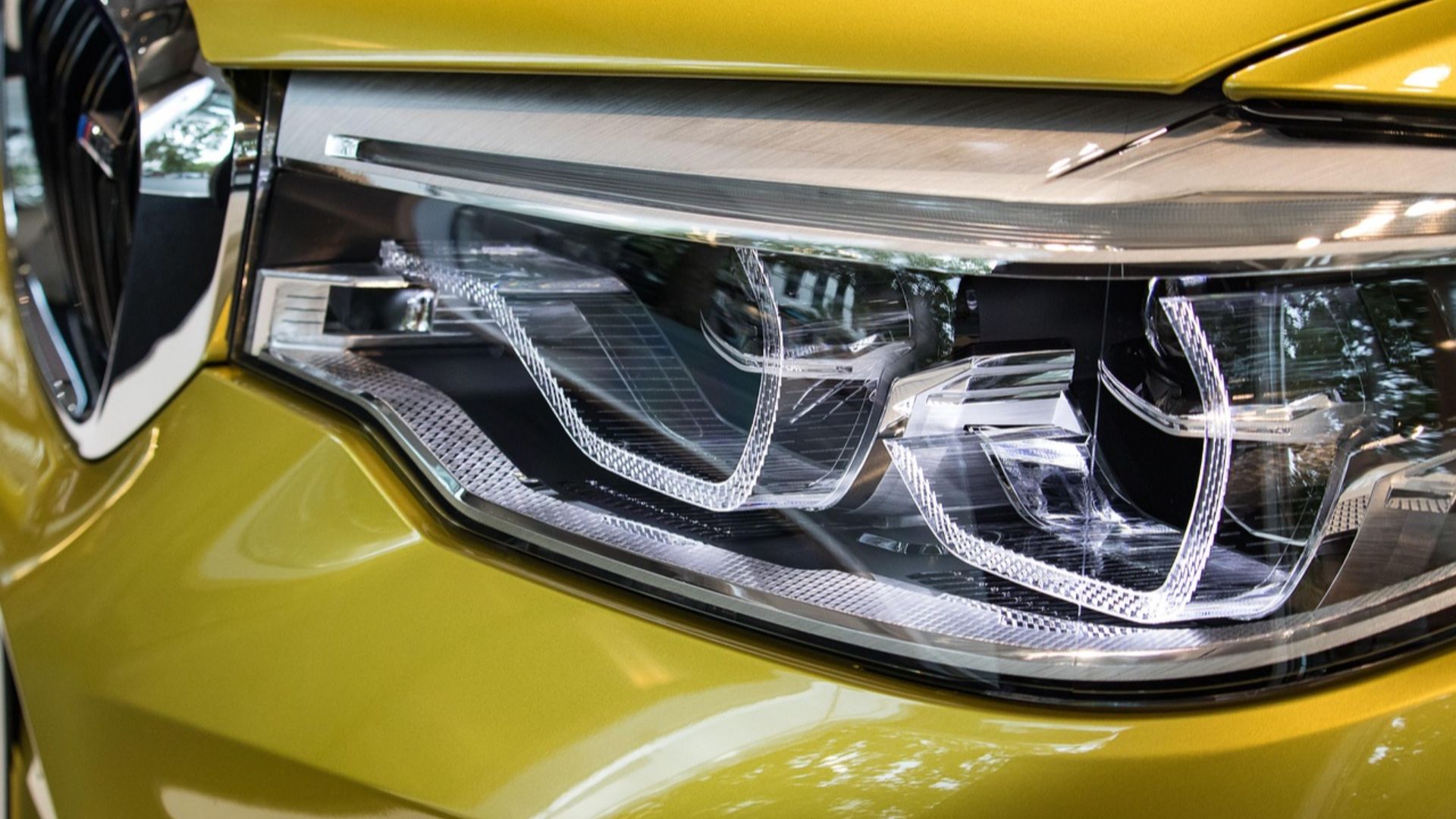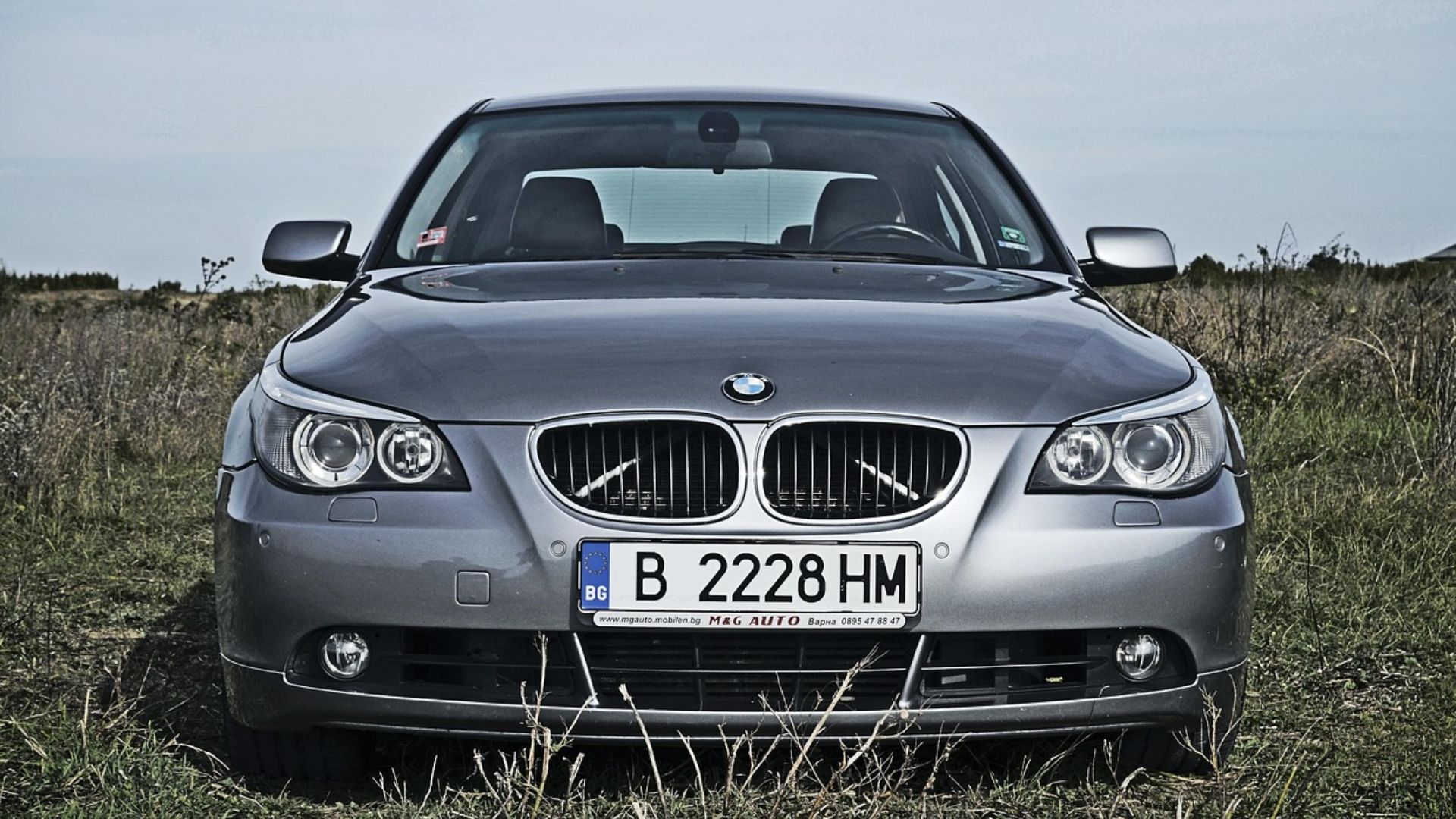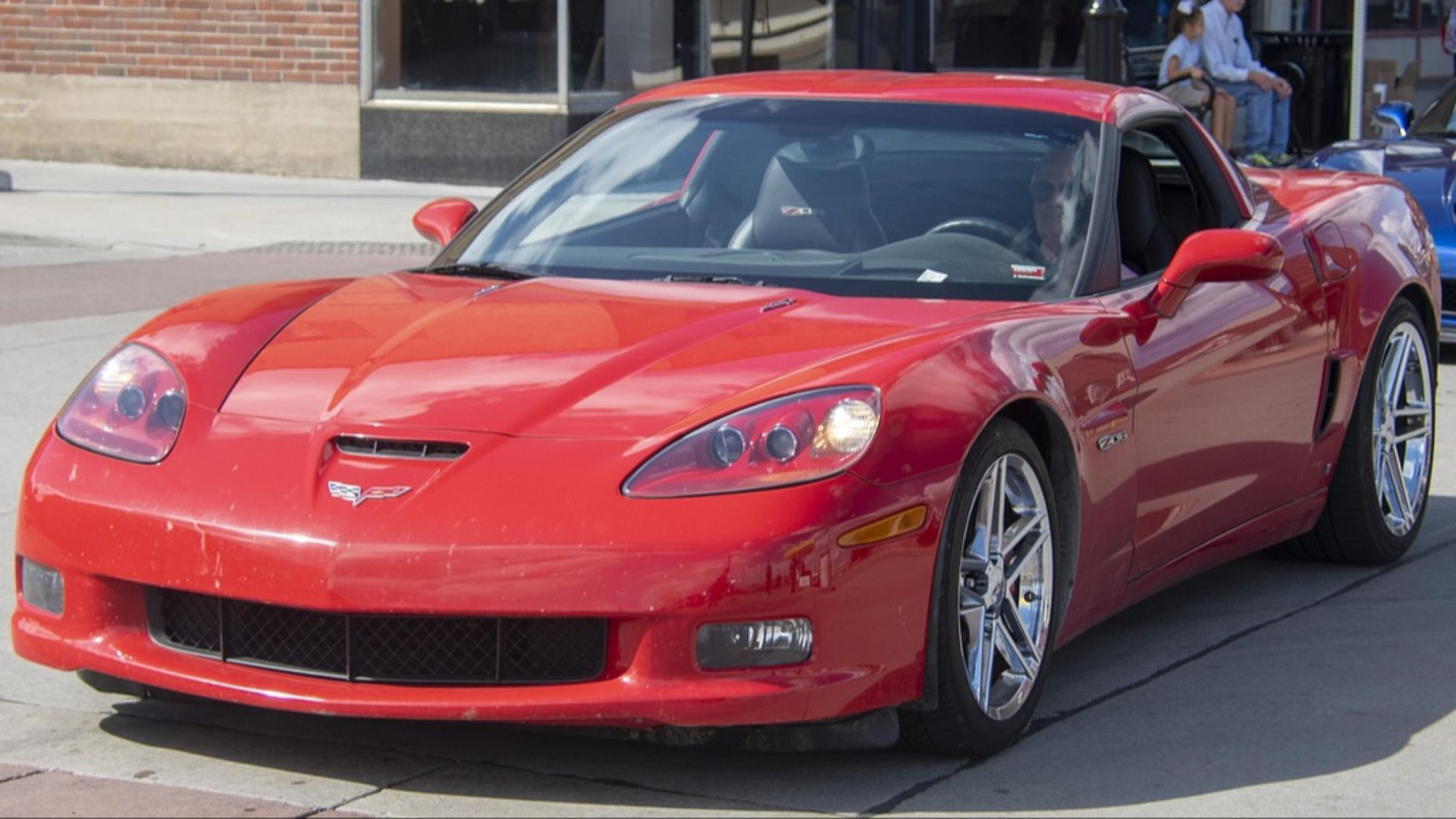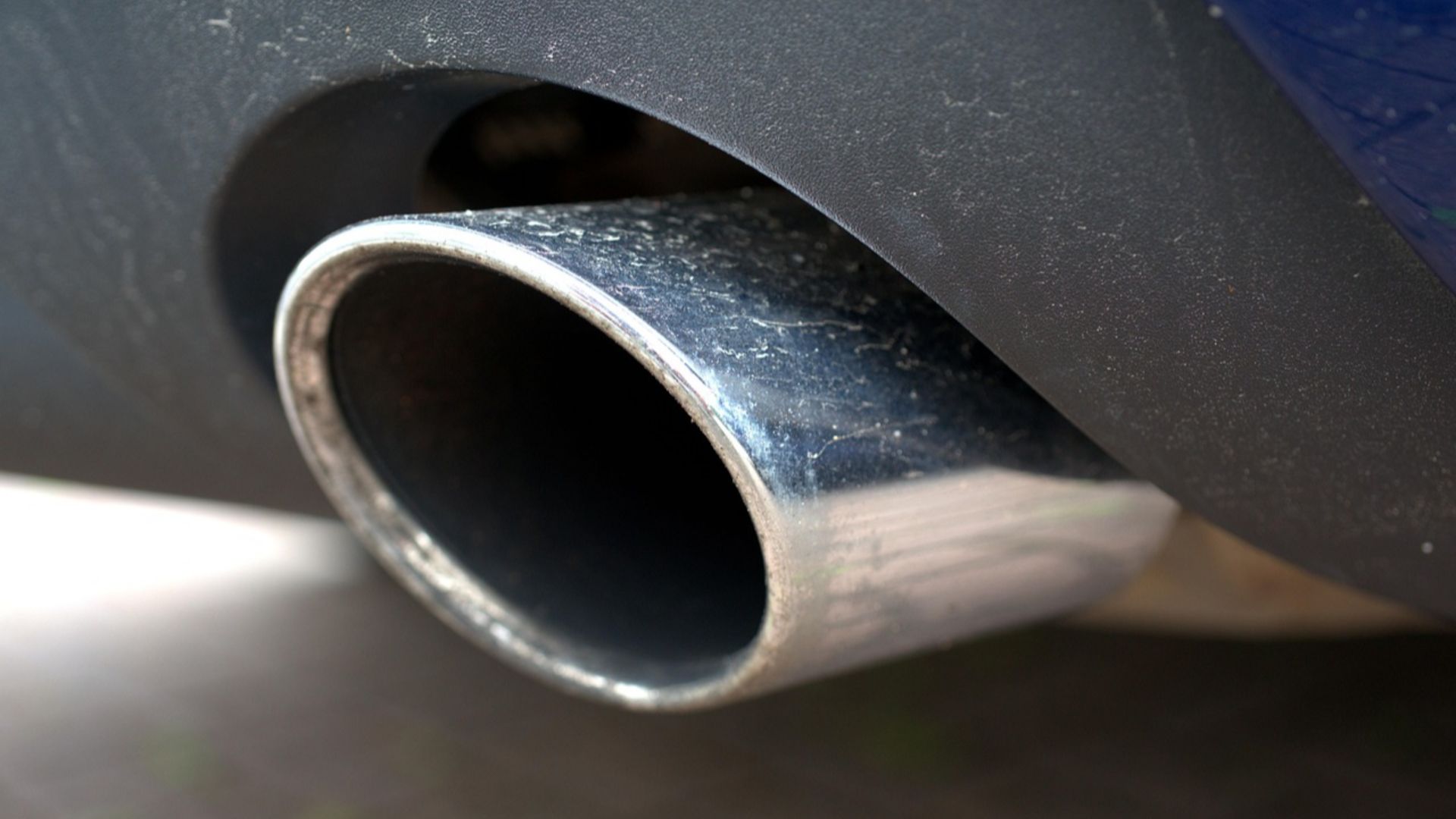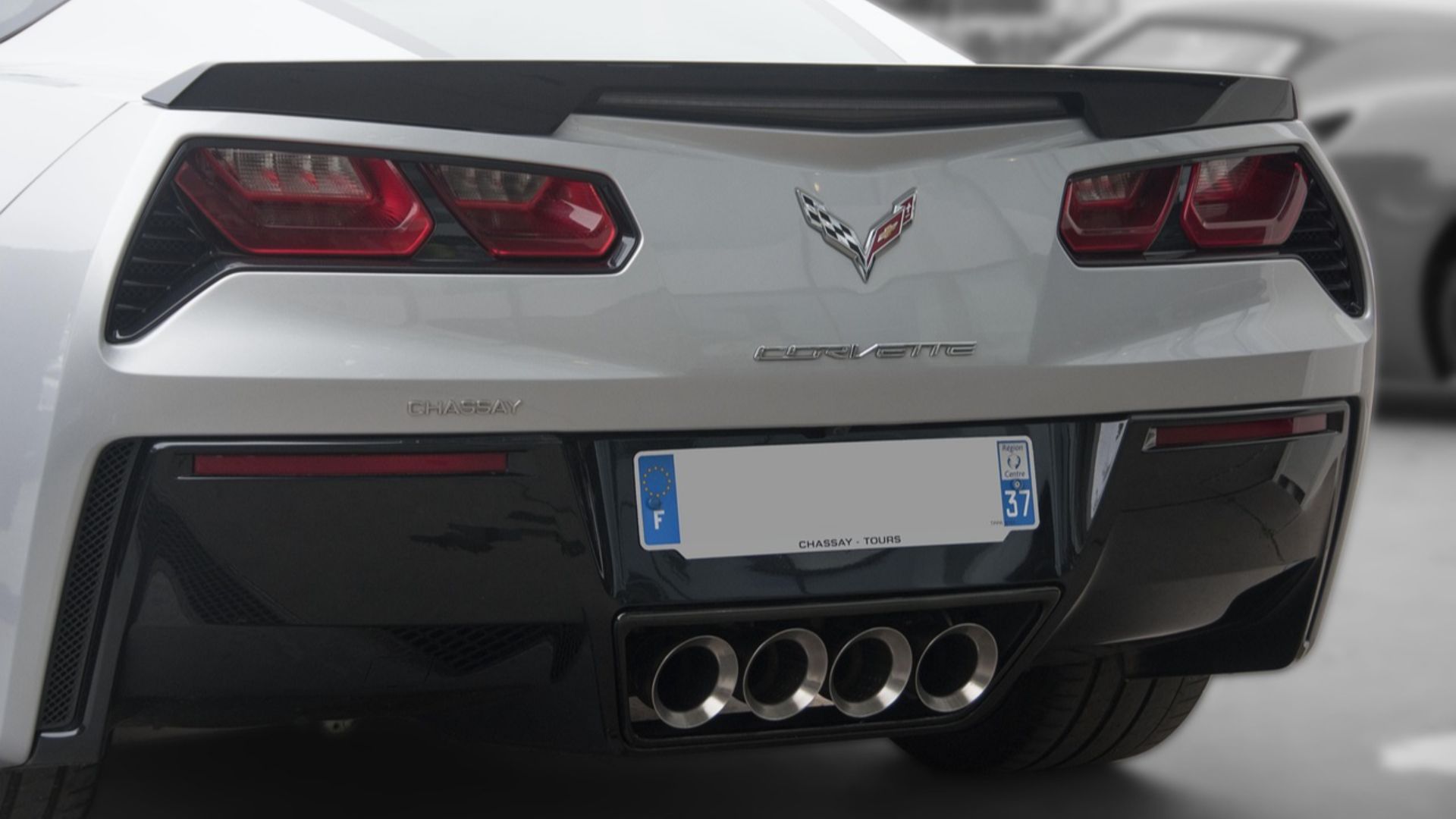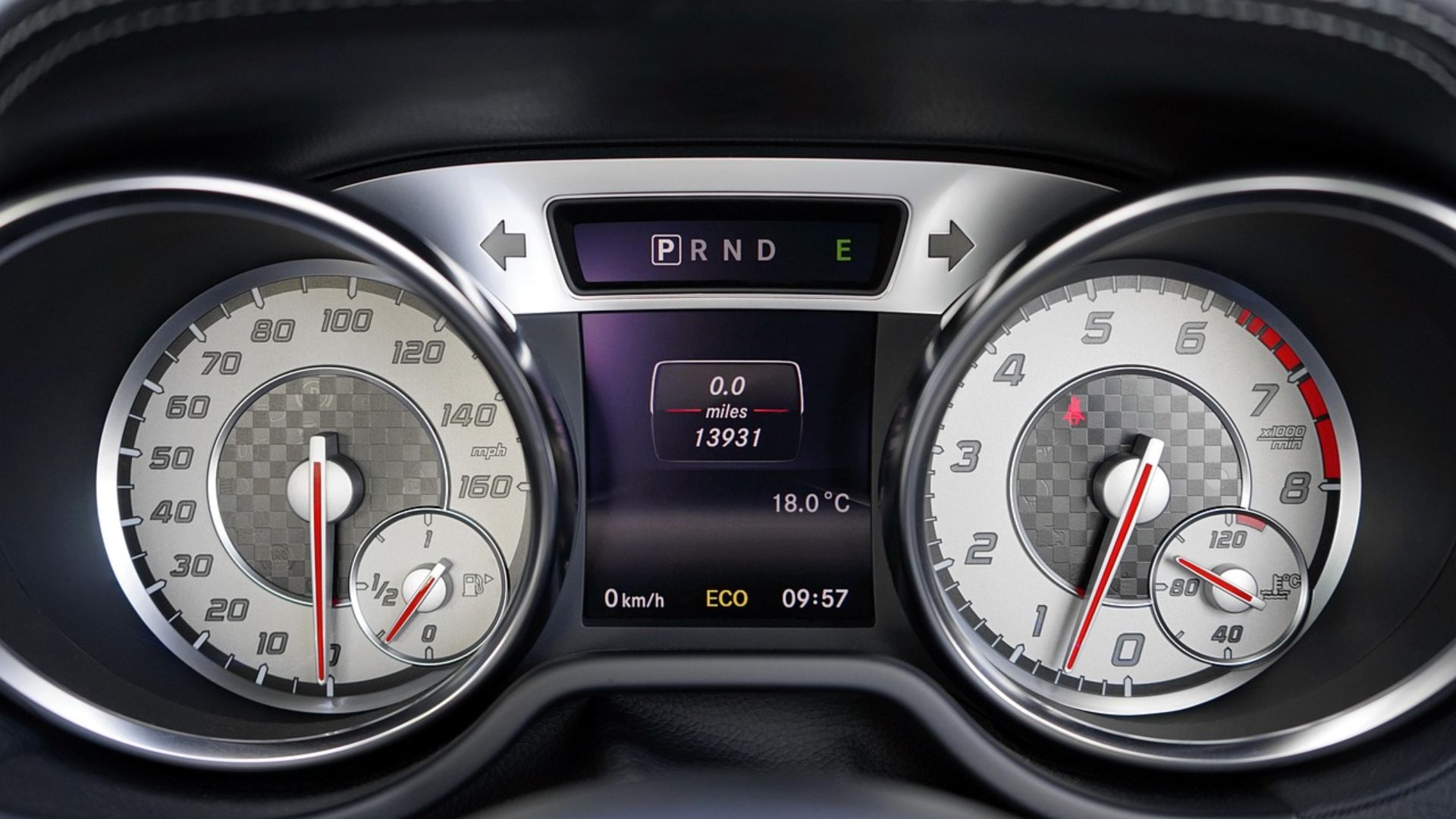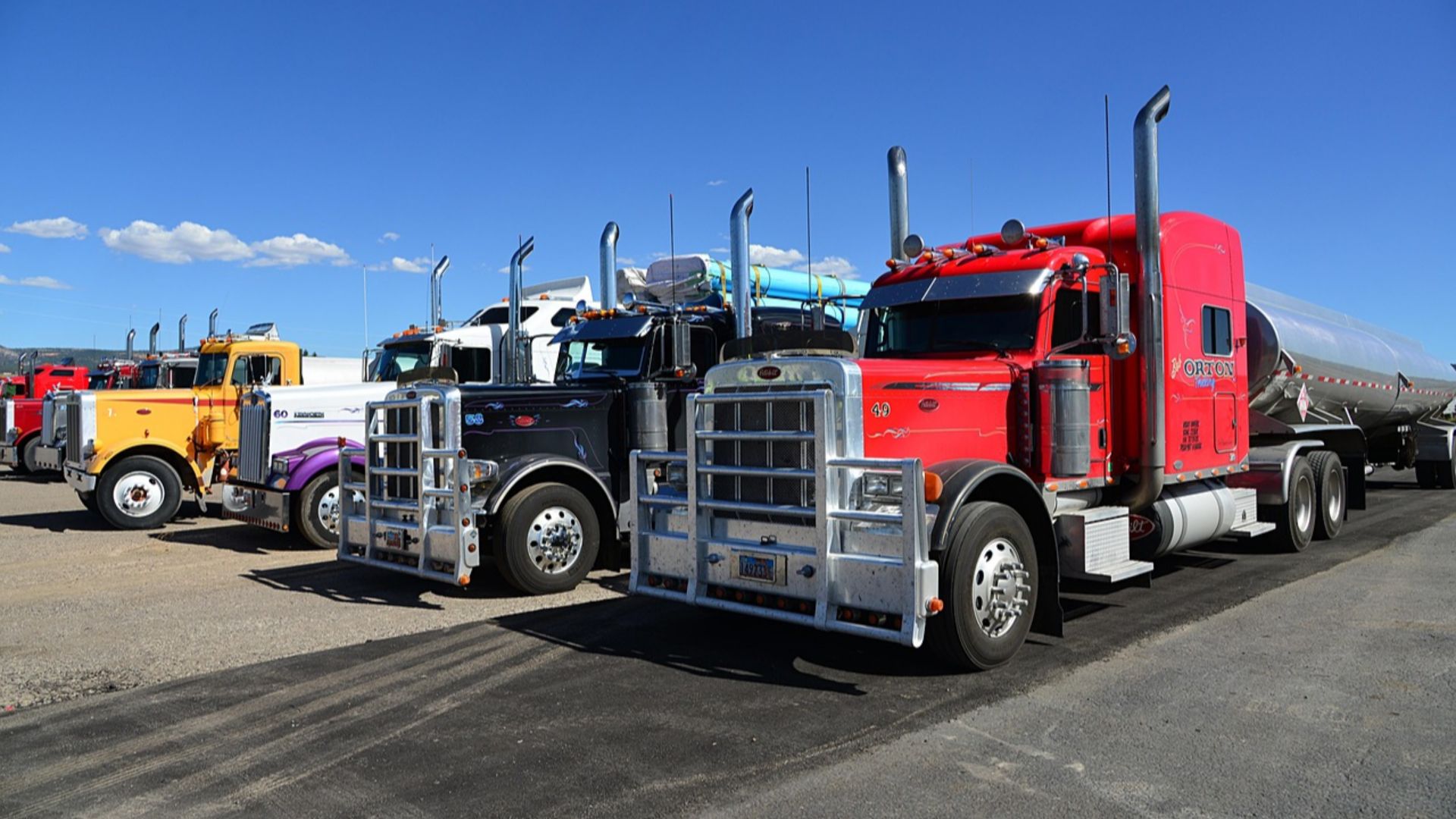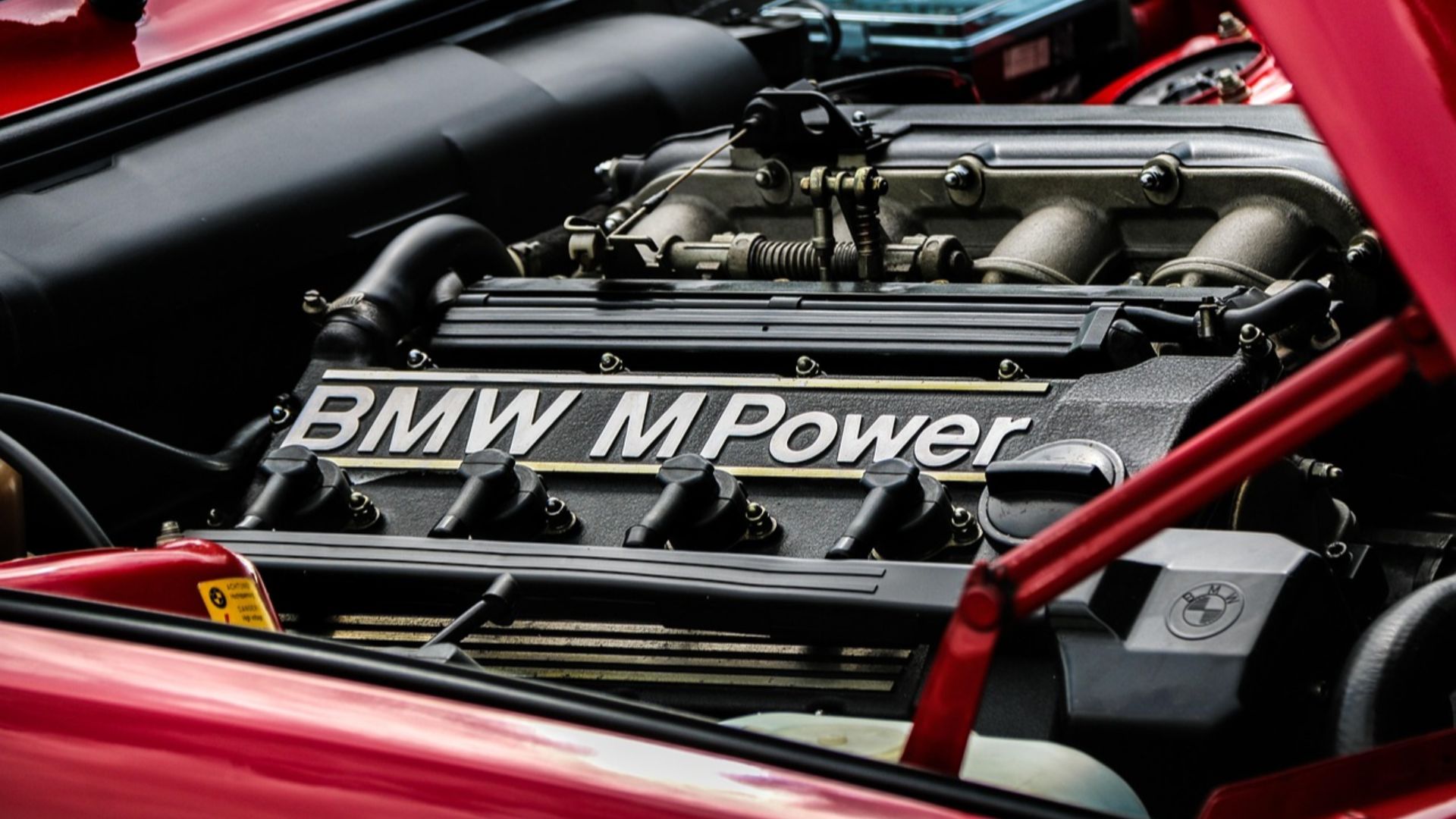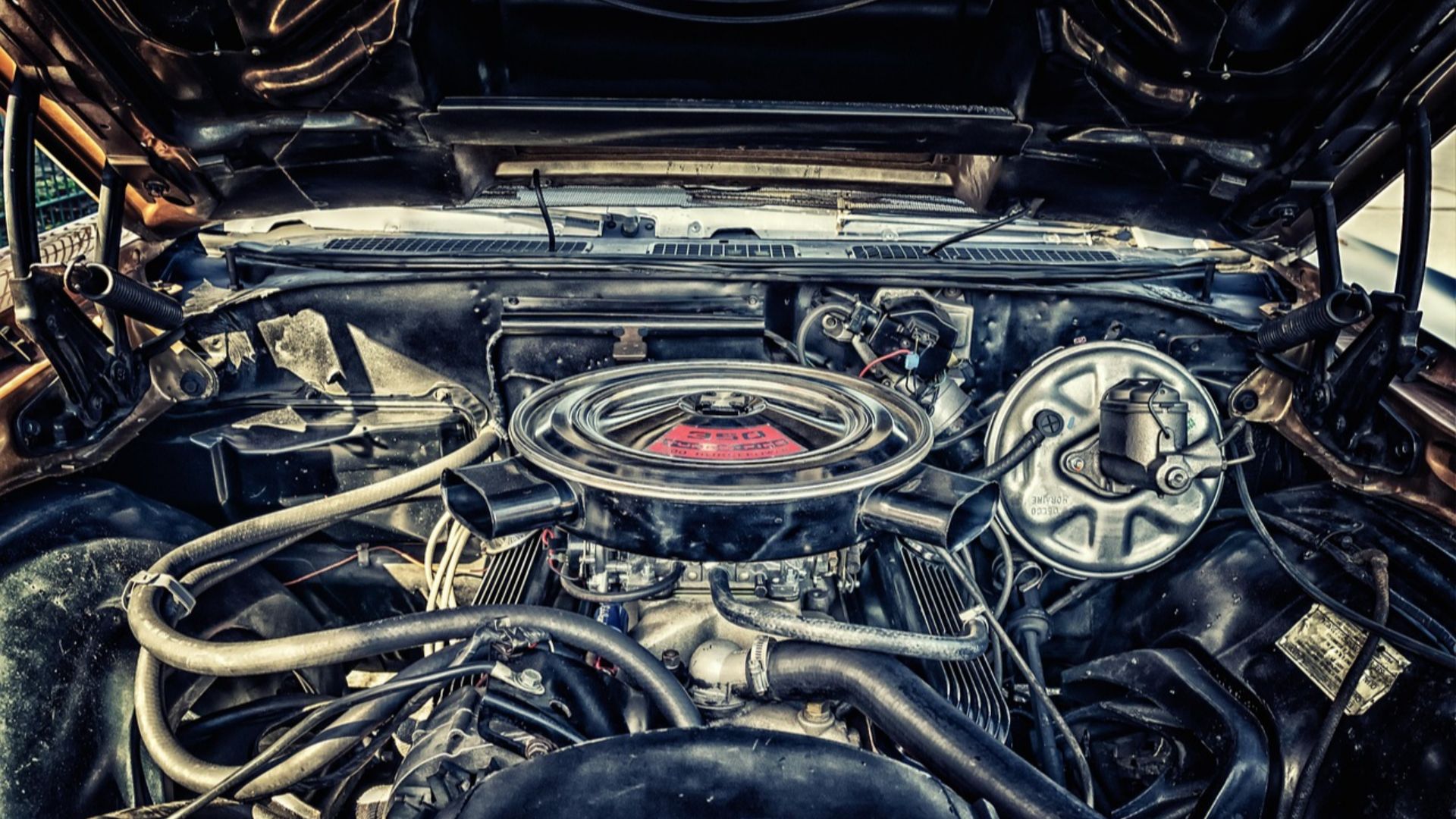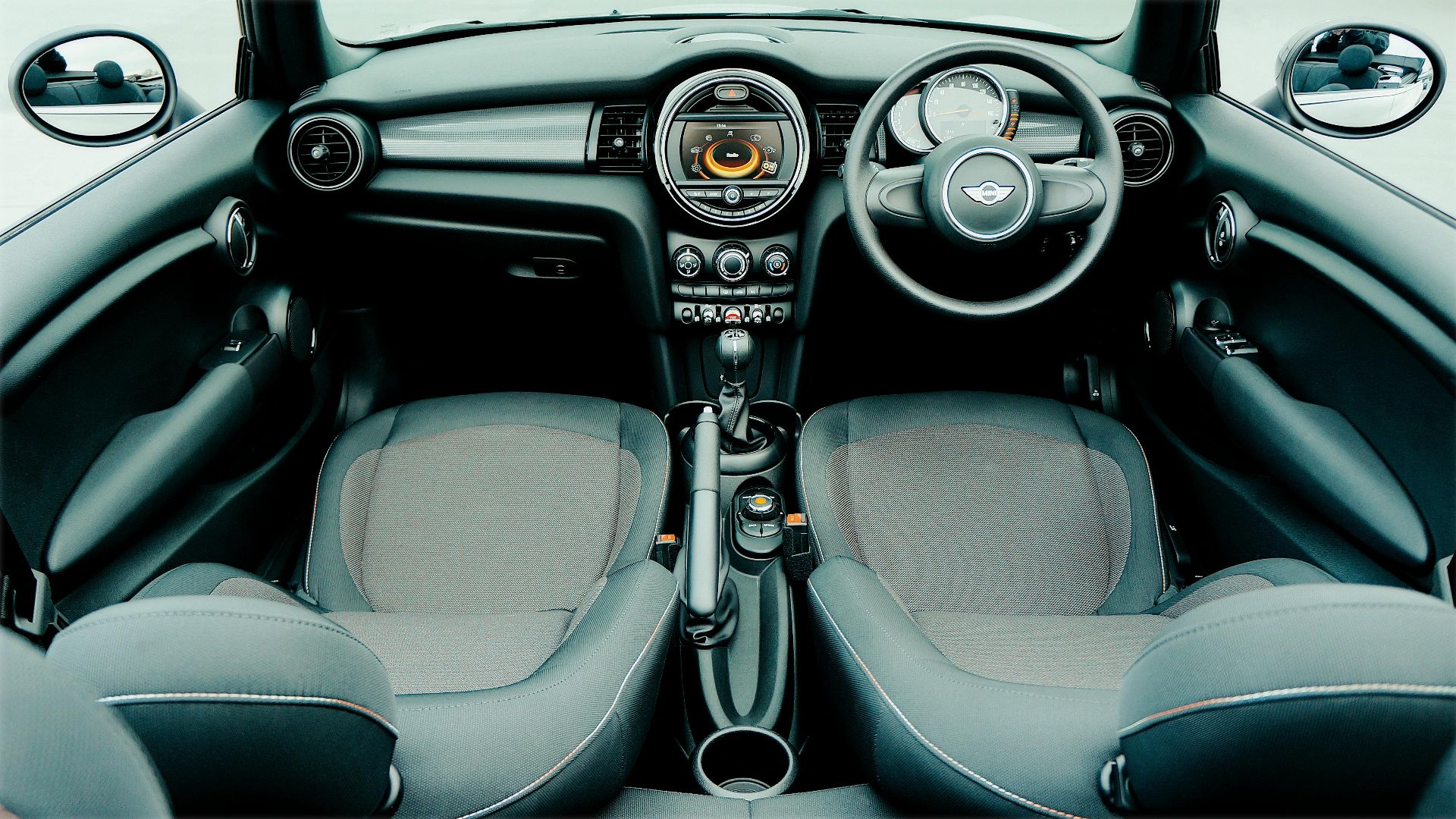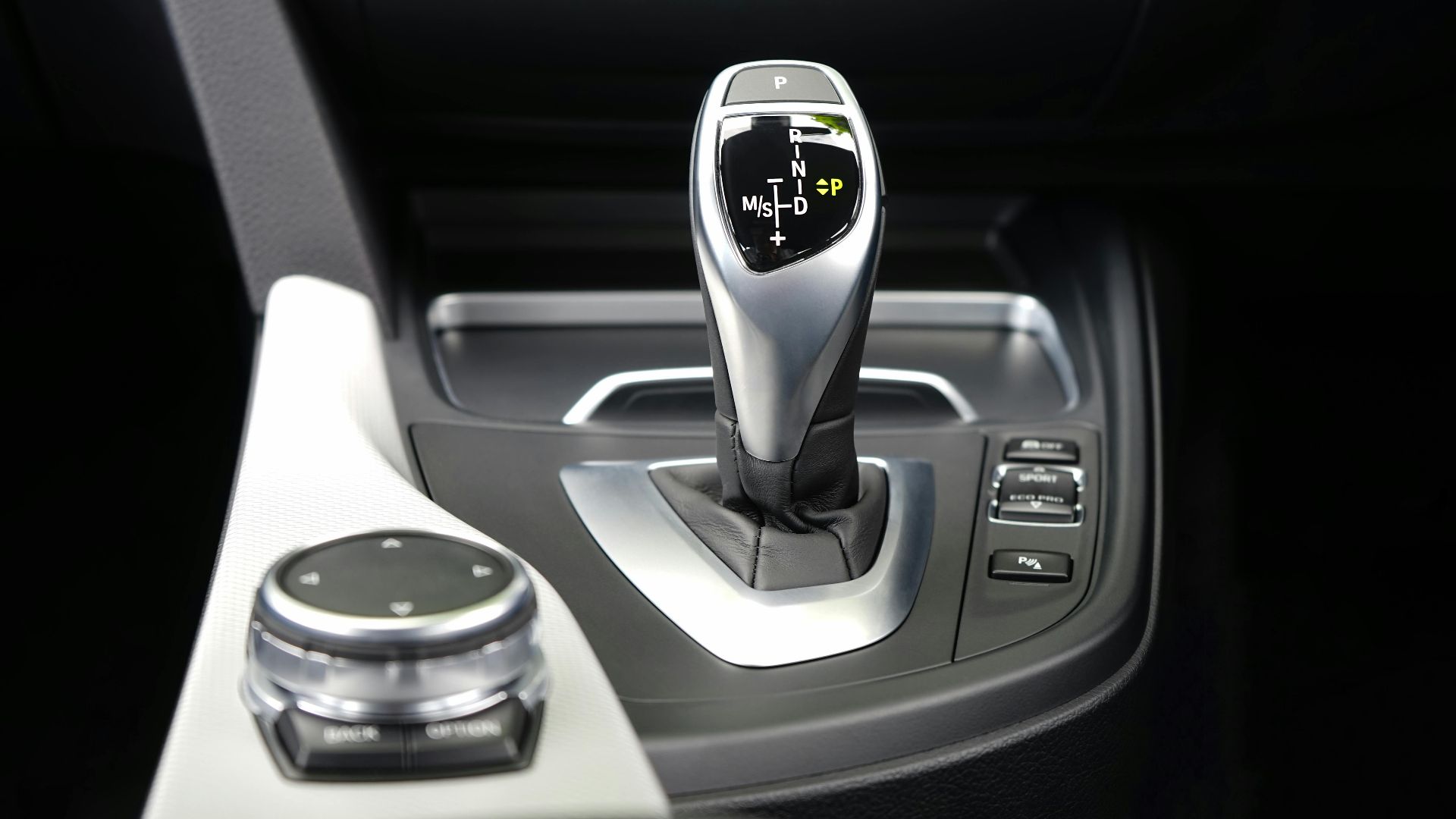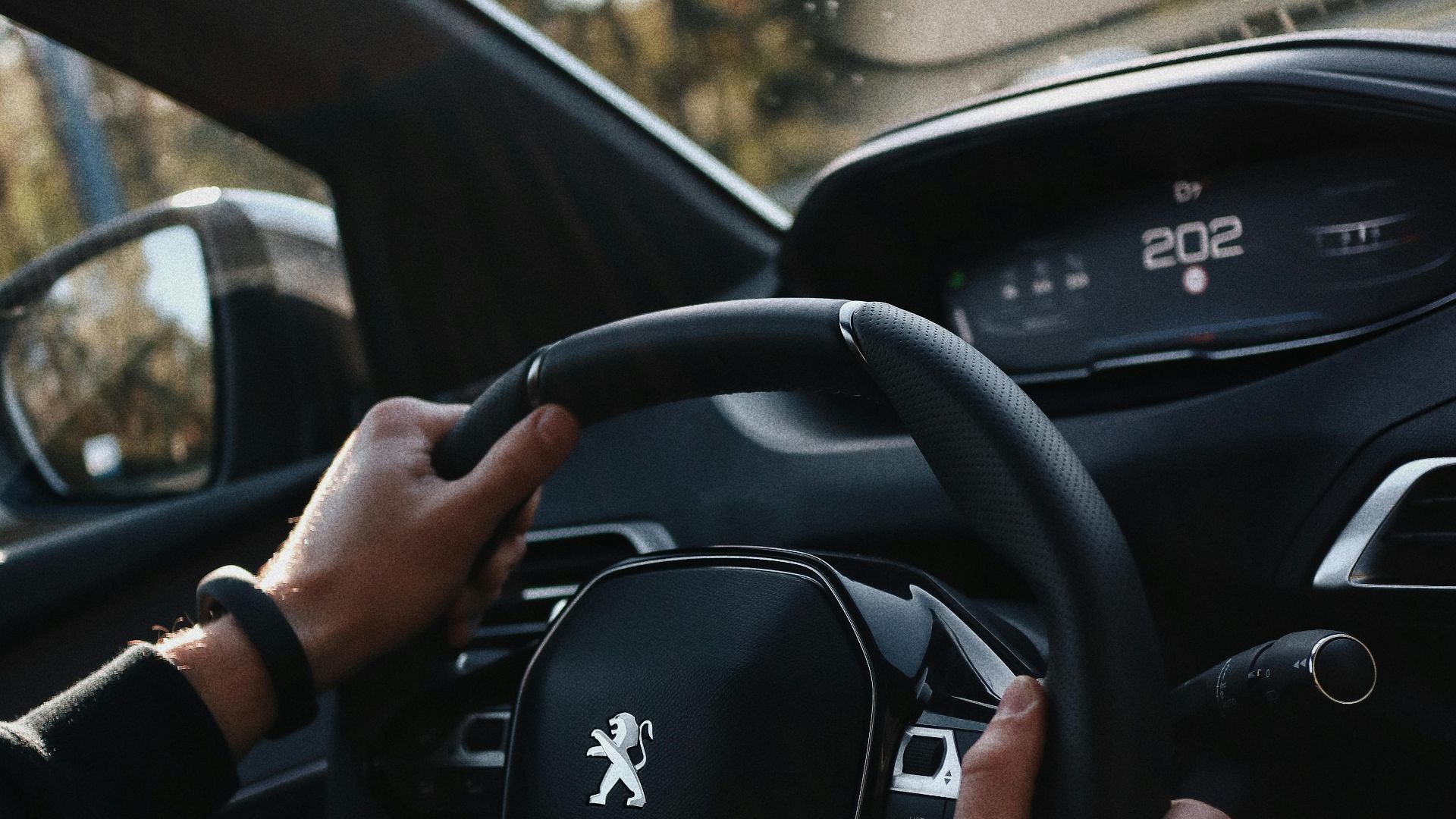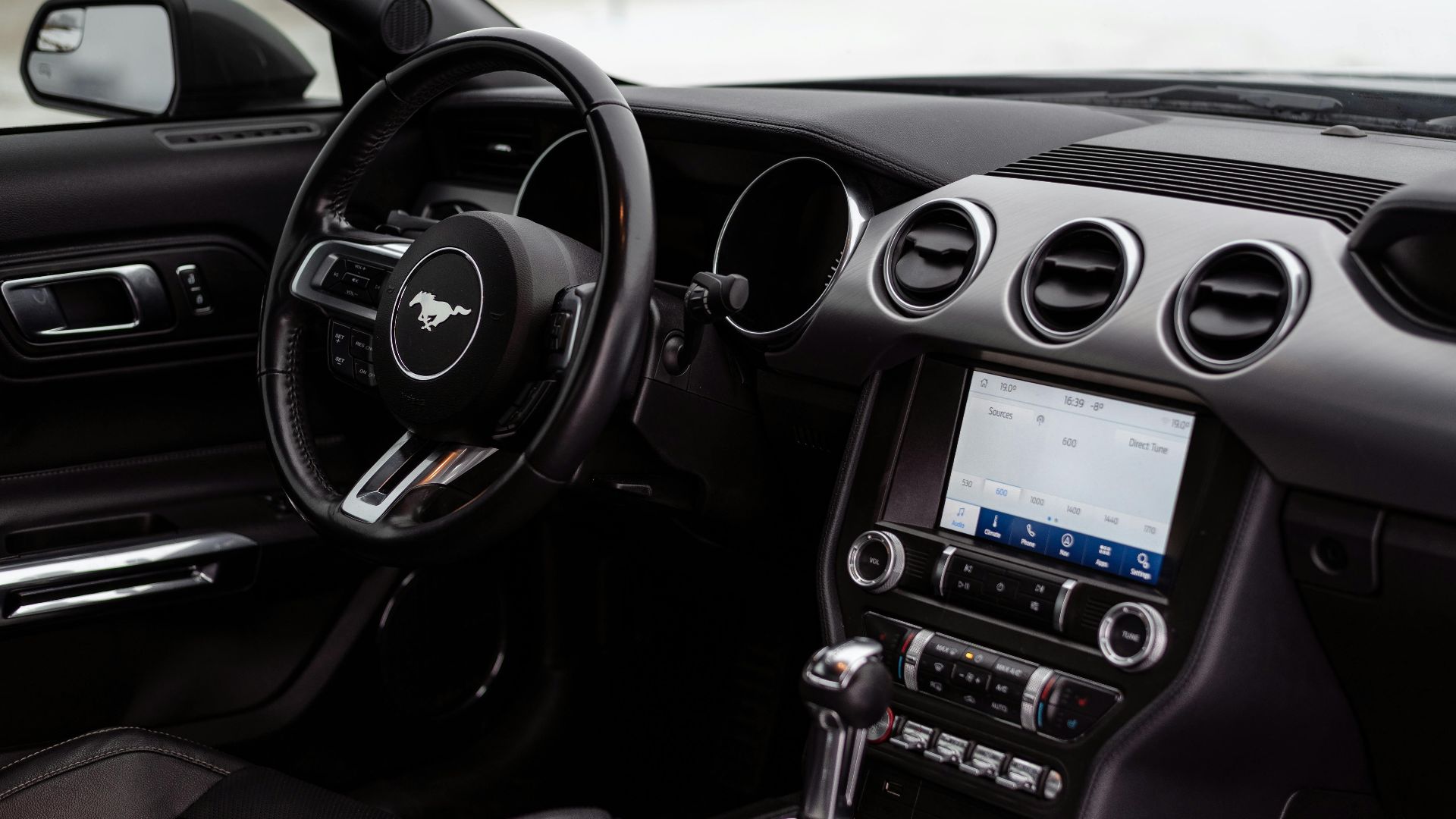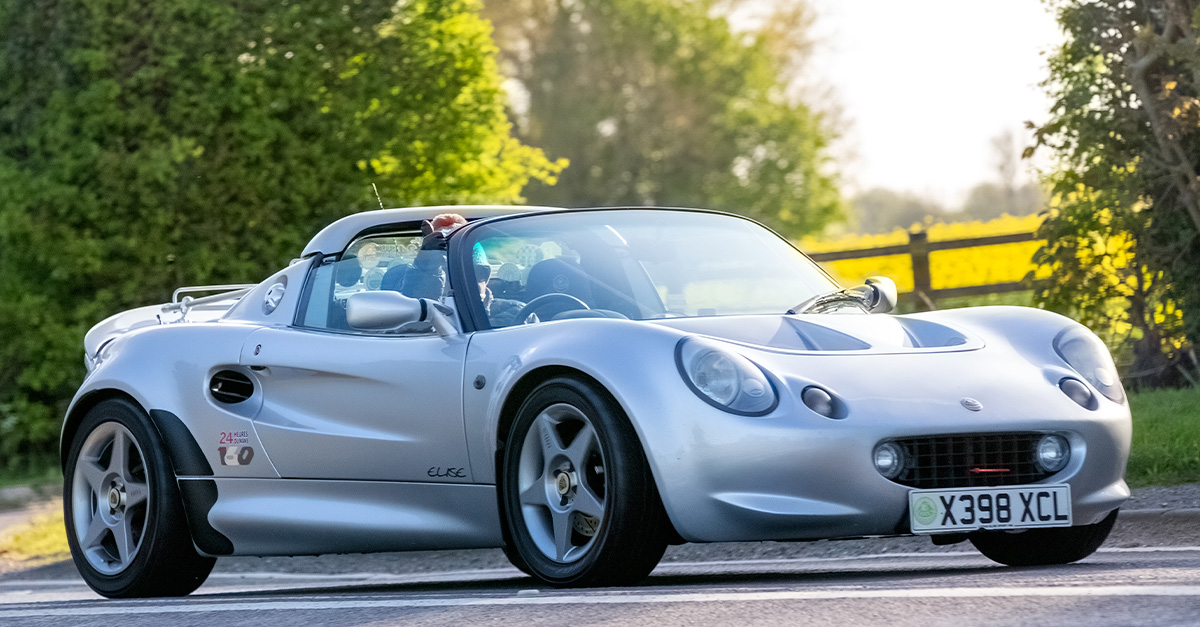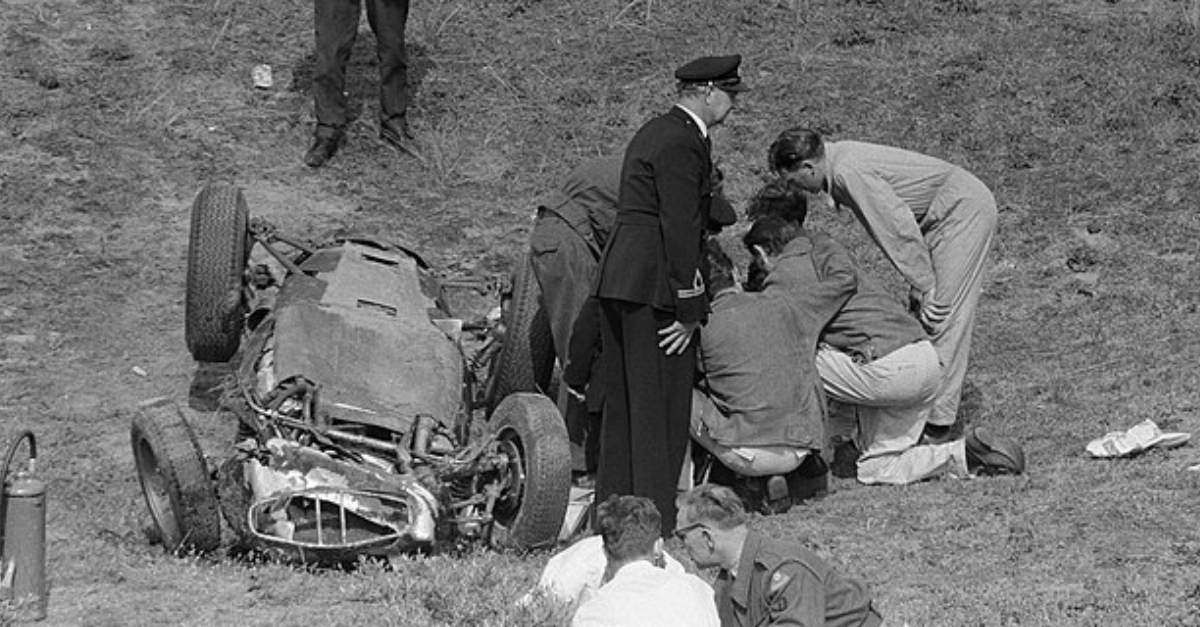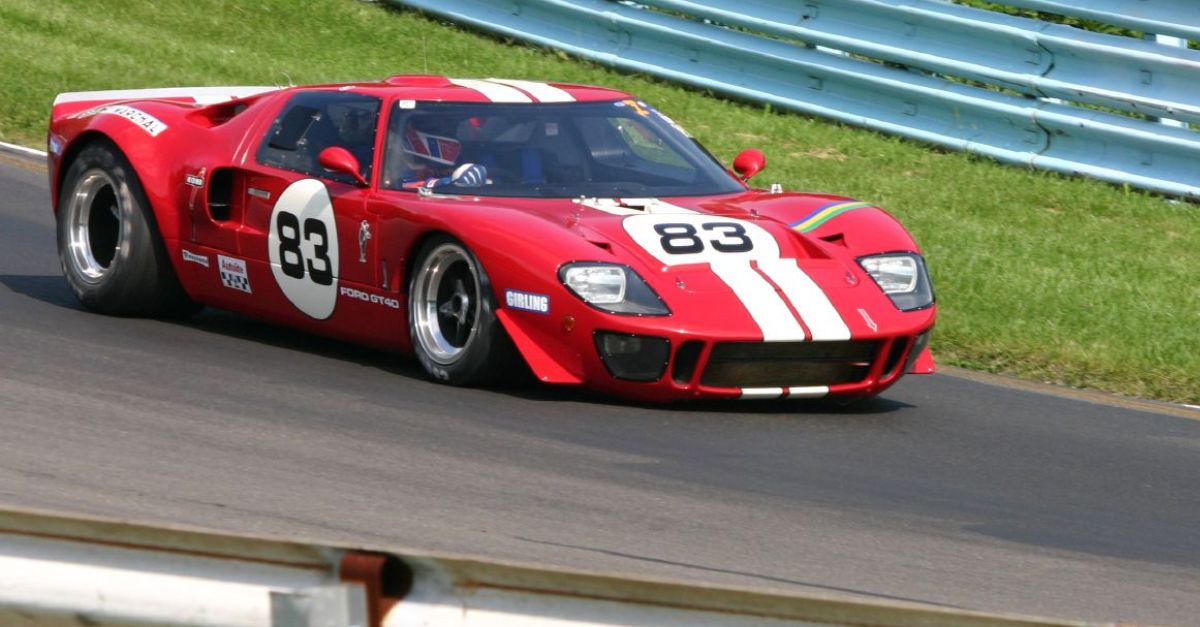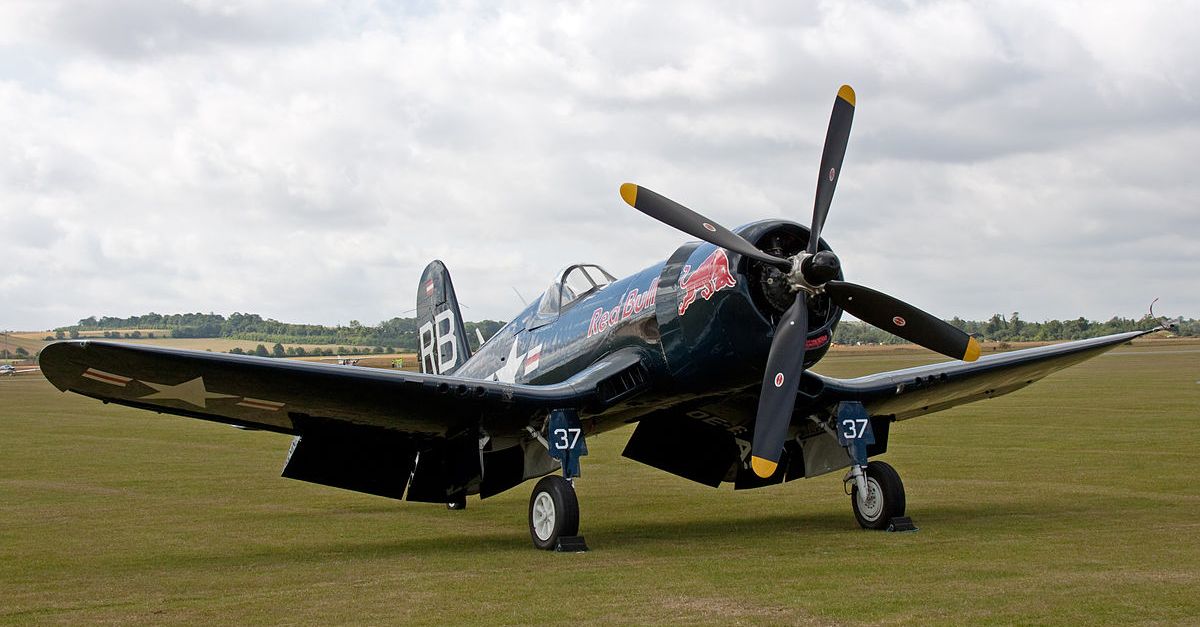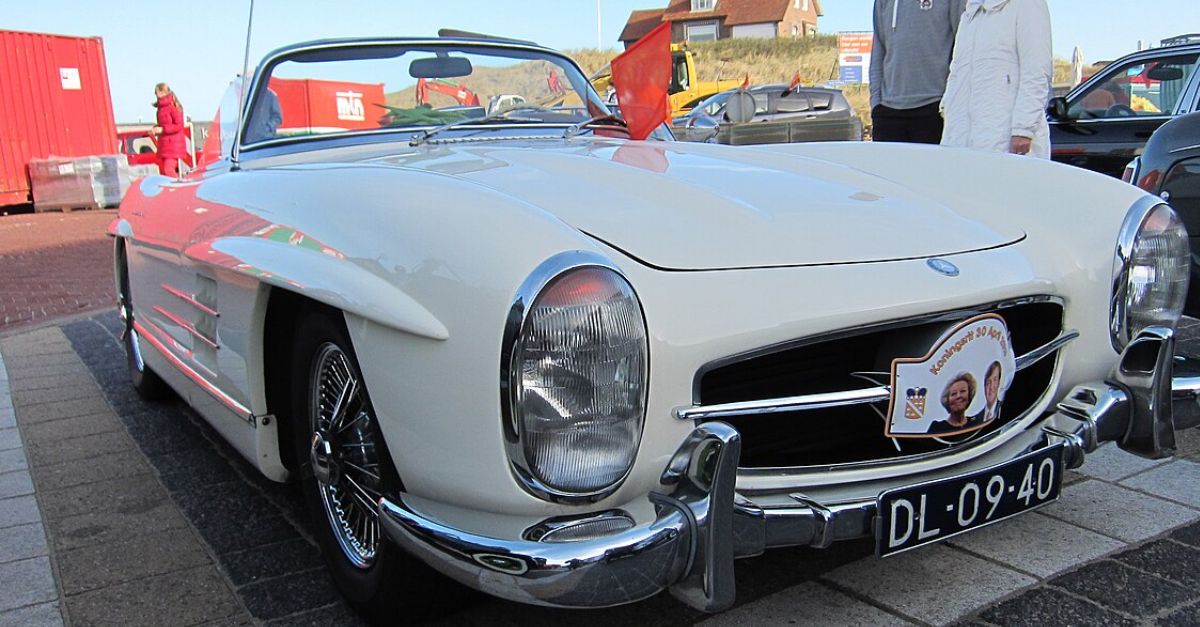Built For Their Own Worlds
Vehicles mirror the streets they roam. So what you see on tight European quarters and broad American highways look vastly different, and those differences are easy to spot once you know what to focus on.

Size And Shape
In many European cities, the older, narrower streets leave little space for bulky cars, so vehicles are built shorter and slimmer. This makes them look more agile and easier to handle. With slimmer mirrors and shorter overhangs, they slide effortlessly into tight parking spots.
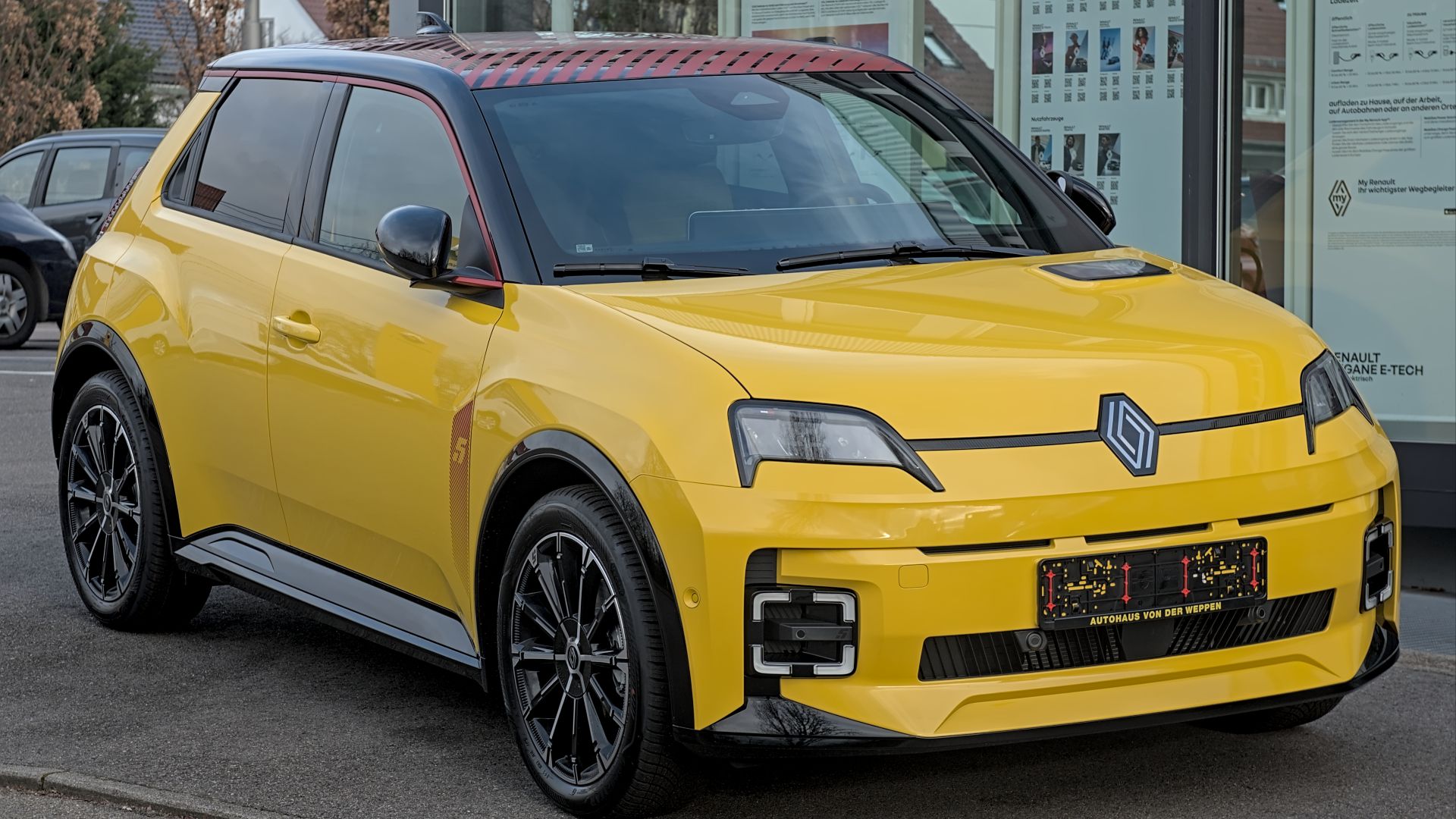 Alexander Migl, Wikimedia Commons
Alexander Migl, Wikimedia Commons
Size And Shape (Cont.)
American suburbs and interstate highways are made in such a way that they have generous lane widths, sprawling parking lots, almost no height restrictions on garages, and more. All of which allows American wheelbases to exceed 110 inches, and the roomy rear seats also make three-across bench seating possible.
Common Body Types
Hatchbacks are a common sight weaving through European traffic because they offer quick cargo access without the bulk. Station wagons often feature practical roof rails, and liftbacks combine sedan elegance with hatch convenience. Even small vans provide family comfort yet remain compact for crowded streets.
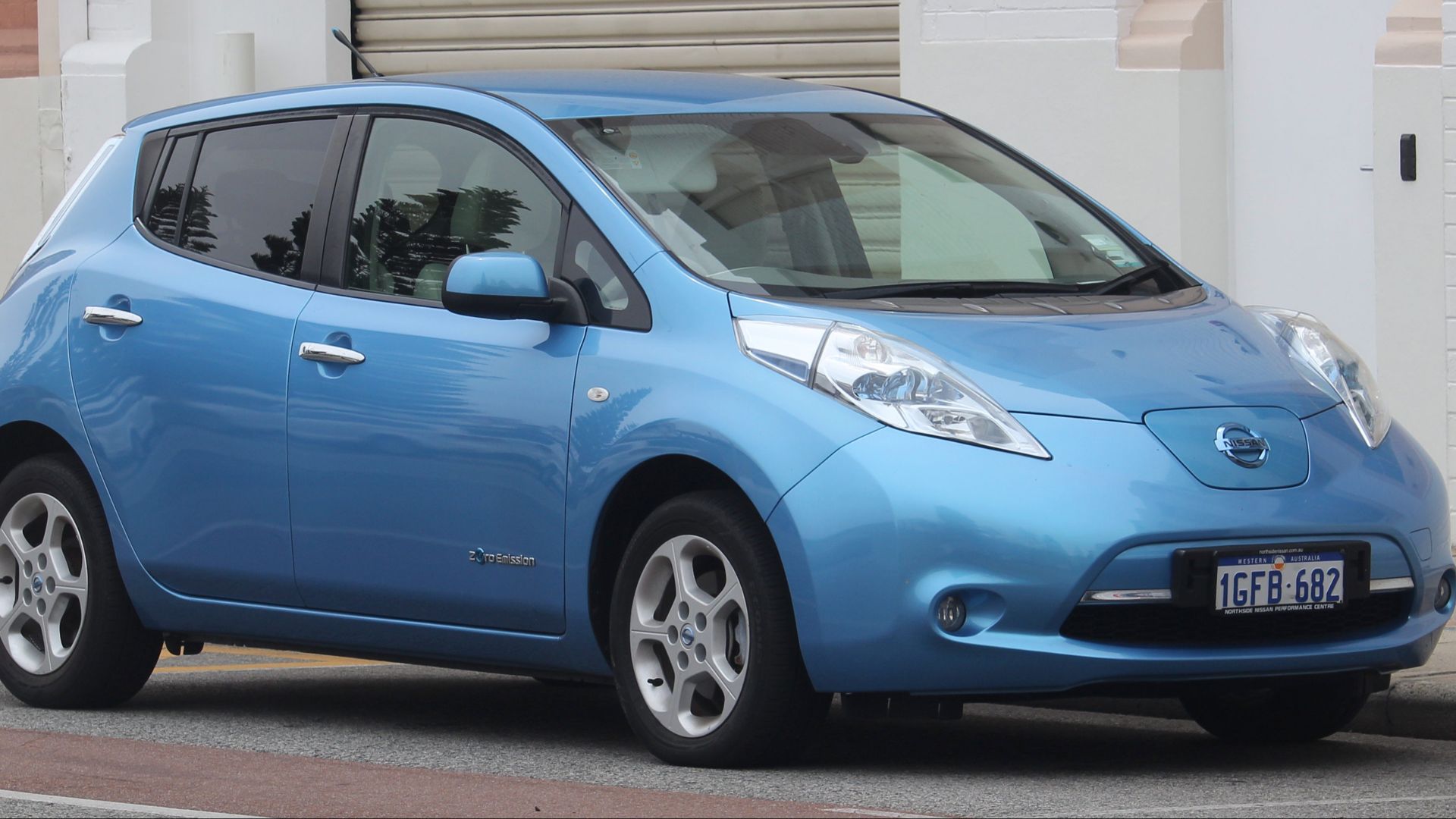 EurovisionNim, Wikimedia Commons
EurovisionNim, Wikimedia Commons
Common Body Types (Cont.)
Meanwhile, in the United States, extended-bed pickups dominate both work sites and highways by linking utility with everyday use. Full-size SUVs tower over smaller vehicles and provide generous headroom. Many trucks feature cab-forward layouts, unlike Europe’s cab-over style, and cargo-focused models have squared-off rears to maximize usable space for goods.
Wheel Size And Design
European compacts usually roll on smaller wheels to balance comfort with efficiency. There are also some eco trims that feature aerodynamic covers, while narrower tires work to reduce resistance and improve performance. Multi-spoke alloy wheels frequently appear even on base models to give a touch of style without sacrificing practicality.
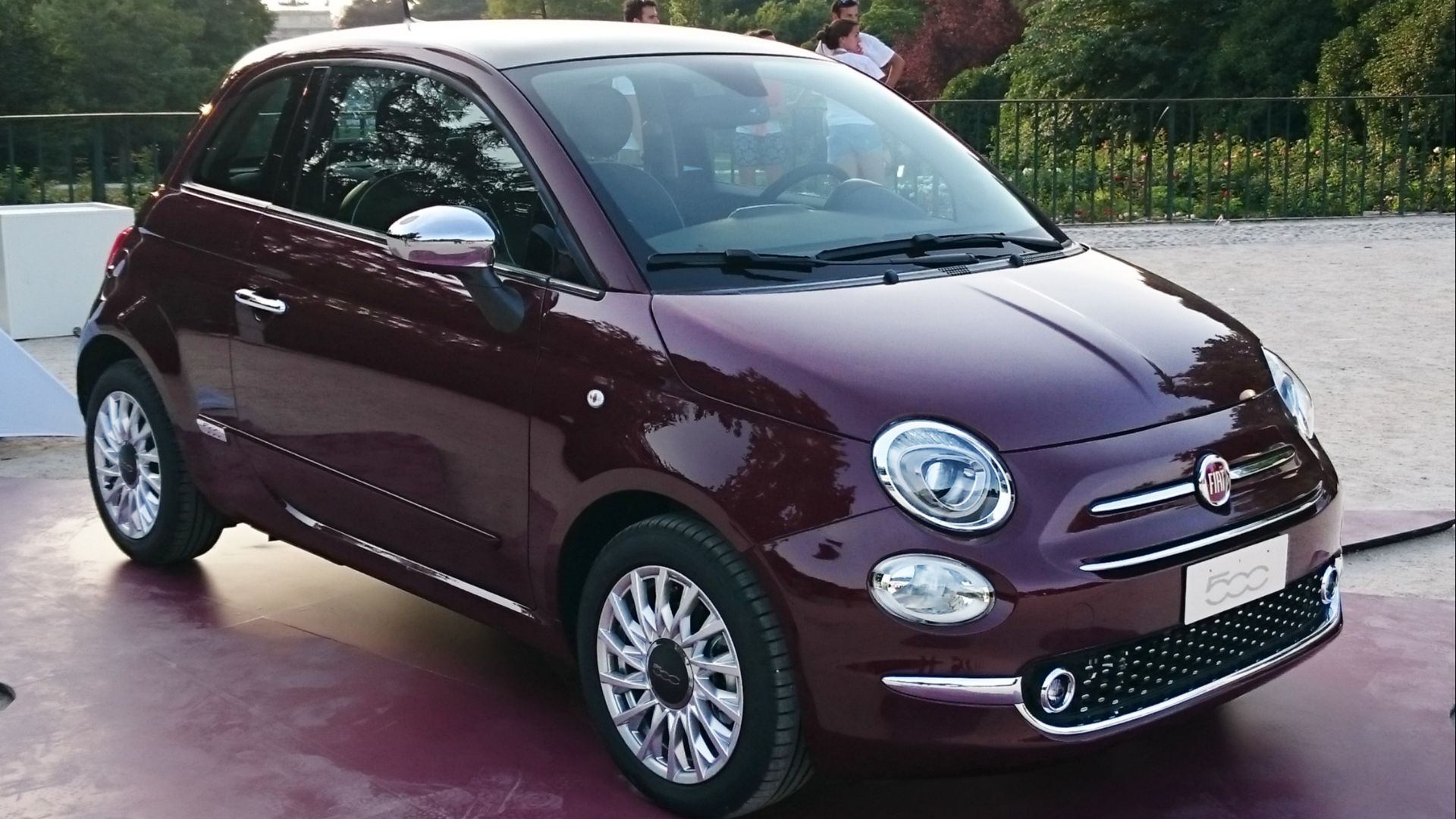 Pava, Milano ( from IT WIKI ), Wikimedia Commons
Pava, Milano ( from IT WIKI ), Wikimedia Commons
Wheel Size And Design (Cont.)
In the United States, larger wheels are common, since they make the space around them look full and strong. Trucks often have shiny machined rims or dark blackout ones. SUVs use tough all-terrain tires, and then there are fancy sedans that show chrome-look wheels that stand out whether moving or parked.
Headlights And Beam Shape
Many base trims still use reflector-style housings, and some older trucks carry sealed-beam lights that bring back earlier looks. American headlights usually have a broad, soft beam, with large clusters flowing into the grille to light more of the road ahead.
Headlights And Beam Shape (Cont.)
Across Europe, headlights create a sharp horizontal cutoff that helps reduce glare for oncoming drivers. Many models also include daytime running lights built directly into the headlamp unit. Smaller cars have projector lenses, and certain models feature adaptive beams that turn smoothly with the steering wheel.
Turn Signal Style
On many American trucks and SUVs, large mirror-mounted signals stand out clearly, which makes them easy to notice in traffic. Rear turn signals may be red or amber, and the brake and turn functions sometimes share one lens. Side repeaters appear far less frequently than in European vehicles, though.
Turn Signal Style (Cont.)
In contrast, European models have amber rear turn signals that are almost universal to ensure they stand out clearly in traffic. Sequential LED indicators add a modern touch, and side repeaters may appear on fenders or mirrors. Rear fog lights are frequently separate from the brake lights for added visibility.
Bumper And License Plate Mounts
European plates are long and narrow, which shapes the design of bumper recesses. Front plates are required in most countries, and parking sensors are usually built in, even on small cars. Tow hook covers or mounts are also commonly visible for easy roadside access.
Bumper And License Plate Mounts (Cont.)
On the other hand, certain states in the US do not require a front plate. This gives designers more freedom to shape bumpers creatively. Shorter license plates create deeper contours, and step bumpers add practicality to pickups. Those parking sensors are sometimes completely omitted in certain base trims to keep costs lower.
Exhaust And Tip Design
European compact cars usually feature single, small-diameter exhaust tips that look neat and simple. Some angles downward to hide soot, and certain diesels conceal the outlet entirely behind the bumper. Exhaust bezels are also pretty modest to keep the style understated.
Exhaust And Tip Design (Cont.)
By contrast, American sports cars and trucks tend to display dual or even quad exhaust tips. These tips are larger and chrome-finished for extra shine. Cutouts are integrated into the bumper valance, and performance trims may feature oval or square shapes for added flair.
Fuel-Saving Visual Features
Inside many European cars, the gauge cluster shows a start-stop system icon whenever the engine pauses at stops. On eco-focused models, tires are slimmer to reduce drag, and mirrors may be downsized to cut wind. There are some grille panels that close at higher speeds for even better efficiency, too.
Fuel-Saving Visual Features (Cont.)
In the US, some eco models skip start-stop icons altogether. Trucks usually have large towing mirrors that catch more wind, open grille designs that favor cooling over aerodynamics, and even daily SUVs may wear chunky tire treads that add rolling resistance.
Engine Bay Layout
European engine bays are usually tightly packed to save space. Sound-deadening panels line the underside of the hood for quieter rides, and batteries may be compact with full covers. When it comes to fluid caps, they’re sometimes displayed in multiple languages for better accessibility.
Engine Bay Layout (Cont.)
More open space is a common feature in the engine bays of American vehicles, which makes servicing easier. Radiator shrouds often grow larger to improve cooling, and batteries are positioned up front without covers for quick access. For added convenience, oil filler caps with filters are placed on top.
Suspension Stance
European cars tend to sit lower to the ground to create smaller gaps between the tires and wheel arches. Shorter springs help maintain this low stance, and thicker anti-roll bars are visible underneath. Sharper handling is provided in performance trims that display a subtle negative camber in their wheels.
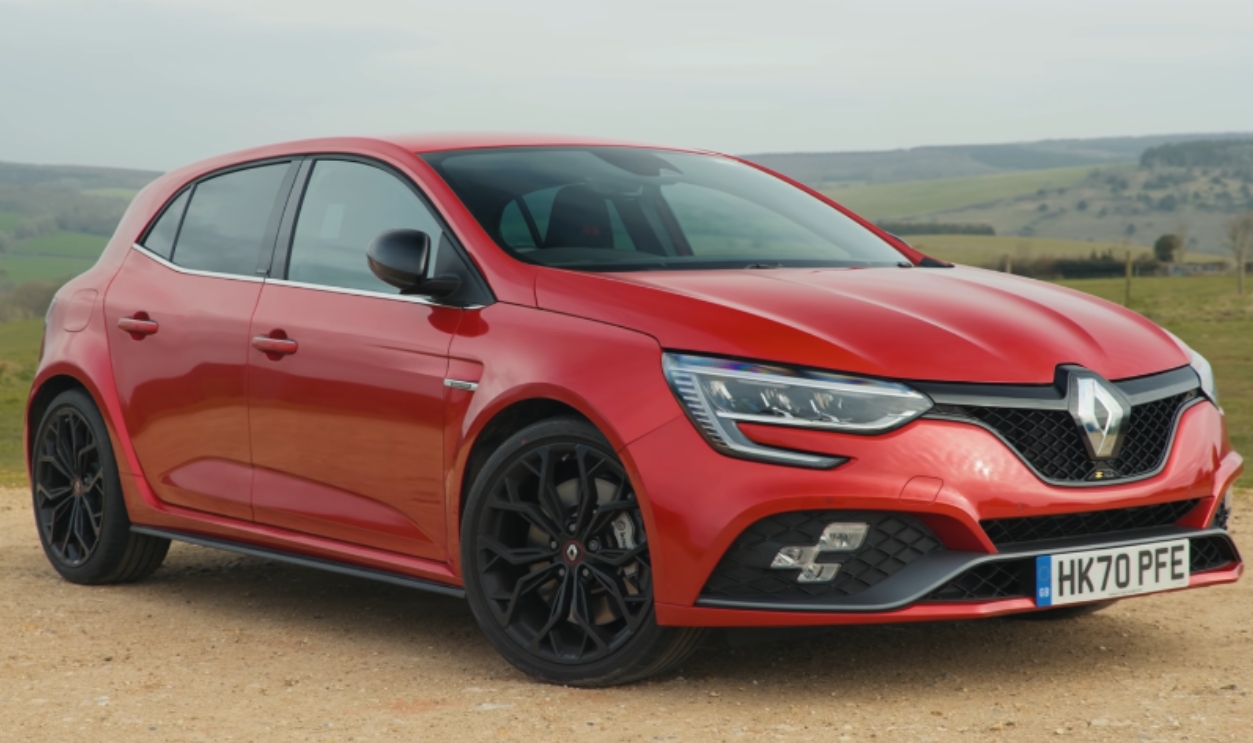 2021 Renault Megane RS 300: Road Review | Carfection 4K by Carfection
2021 Renault Megane RS 300: Road Review | Carfection 4K by Carfection
Suspension Stance (Cont.)
Across the United States, pickups and SUVs frequently feature large wheel arch gaps that give them a taller and more rugged look. Off-road packages may bring beefier control arms plus taller shocks, and visible leaf spring packs on many trucks highlight the raised ride heights favored in SUV styling.
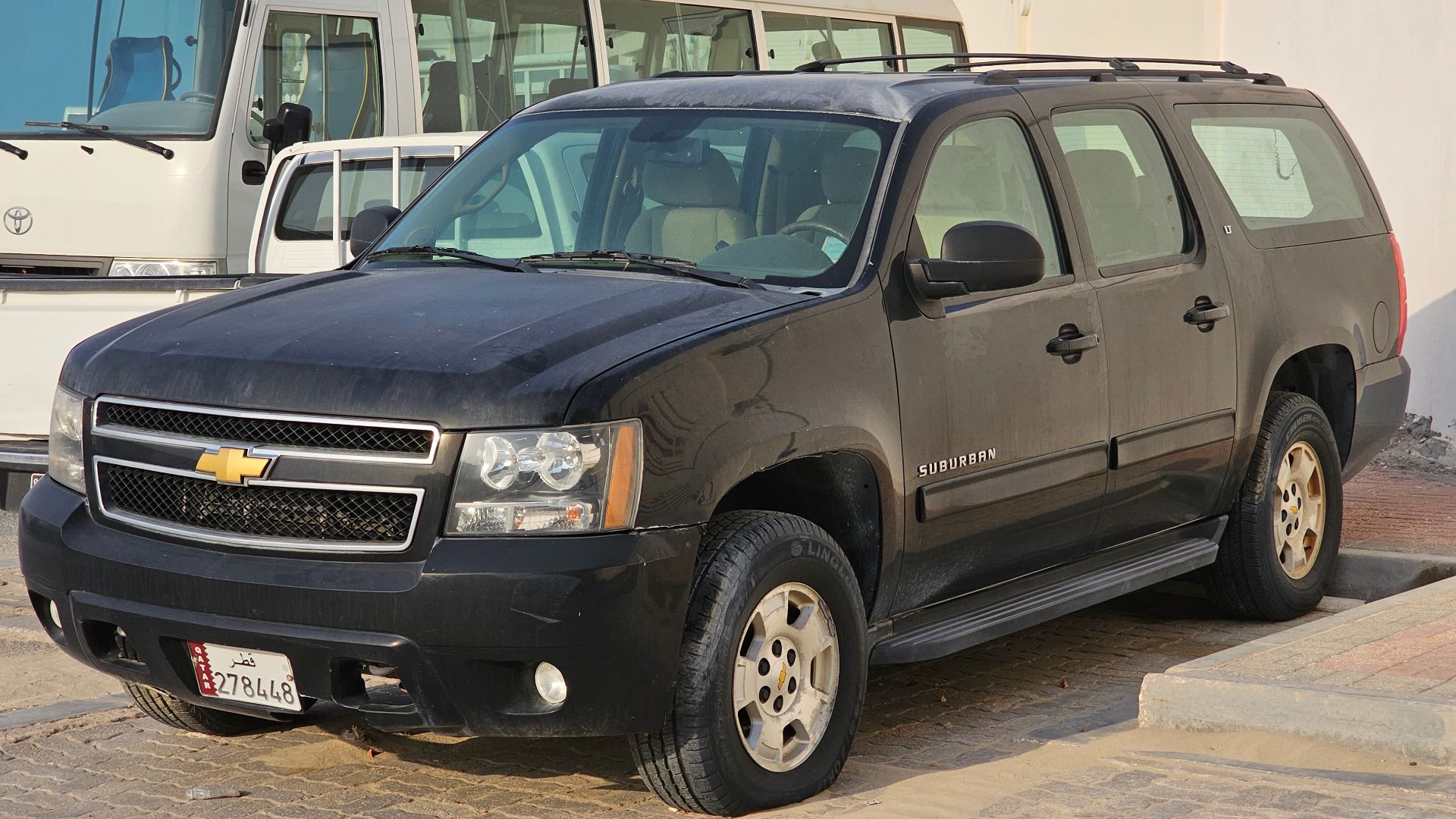 Damian B Oh, Wikimedia Commons
Damian B Oh, Wikimedia Commons
Transmission Controls
Three-pedal setups remain a familiar feature in Europe, especially in sporty or budget-friendly models. Performance trims may use manual shifters with shorter stalks to allow faster shifts. Frequently, reverse lockout rings or collars are also included, along with printed gear patterns on top of each shift knob.
Transmission Controls (Cont.)
In American trucks, column-mounted gear selectors are a common feature. PRNDL markings stand out on console shifters for easy reference. Modern SUVs are increasingly adopting rotary selector dials, whereas newer sedans sometimes swap the lever for neatly arranged push-button gear selectors.
Dashboard And Interior Layout
Gauge clusters in numerous European models highlight km/h as the main speed scale for quick reference. Infotainment screens are angled toward the driver to enhance comfort, and compact bezels keep displays tidy. For heating and cooling, physical buttons are typically preferred over touch-based menus.
Dashboard And Interior Layout (Cont.)
American speedometers, on the other hand, prioritize mph with larger numerals for quick glances. Wide, cushioned seats make the cabin feel generous and super comfortable. Climate controls may be integrated into touchscreen menus, and cupholders tend to be oversized to fit large drink containers common in US driving culture.

